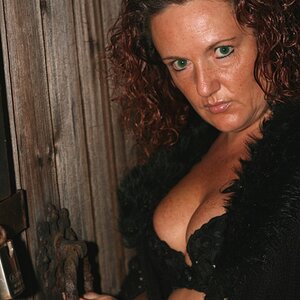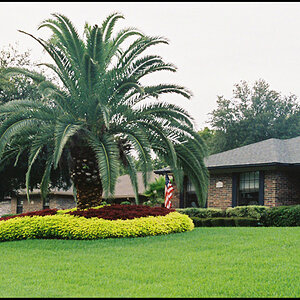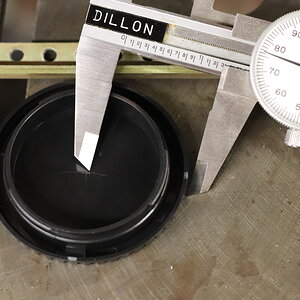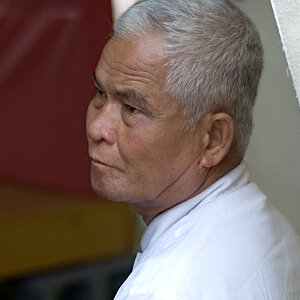SaphFIRE
TPF Noob!
- Joined
- Oct 4, 2009
- Messages
- 4
- Reaction score
- 0
- Location
- Detroit, MI
- Can others edit my Photos
- Photos OK to edit
Hello all,
I have recently been propositioned to do some fall portrait photography for friends and I have never shot people, just scenery and automotive. Can someone give me the most basic tips as far as shooting portraits outdoors. I have a Nikon D60. No external flash and no props. Please point me in the right direction!
I have recently been propositioned to do some fall portrait photography for friends and I have never shot people, just scenery and automotive. Can someone give me the most basic tips as far as shooting portraits outdoors. I have a Nikon D60. No external flash and no props. Please point me in the right direction!






![[No title]](/data/xfmg/thumbnail/37/37537-25afab1a7980214af6067df3c997c353.jpg?1619738132)

![[No title]](/data/xfmg/thumbnail/39/39645-11fae384f9fd2ec2813acc42adec0206.jpg?1619739148)

![[No title]](/data/xfmg/thumbnail/30/30990-df3df397f705643bc2c207cc9d579d08.jpg?1619734554)
![[No title]](/data/xfmg/thumbnail/37/37538-d4704bfd4f0e4b1941649d81ff8edf2c.jpg?1619738133)


